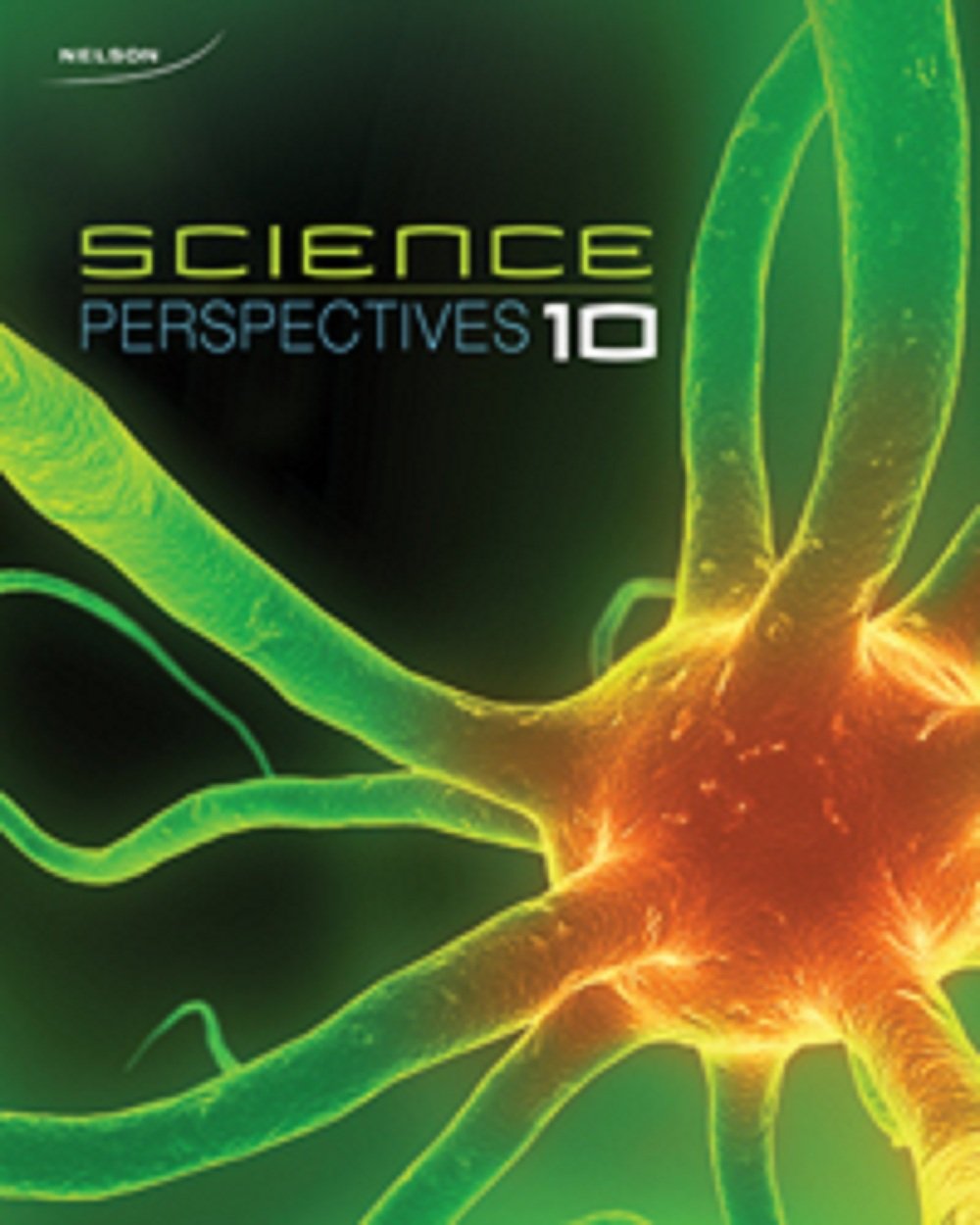
Nelson Science Perspectives 10
1st Edition
ISBN: 9780176355289
Textbook solutions
All Solutions
Section 10-5: What Can Individuals Do?
Exercise 1
Step 1
1 of 3
a) Drive cars and heating and cooling buildings
Step 2
2 of 3
b) Use renewable energy sources such as solar panels. Recycle. Compost foods and grow gardens. Plant trees. Bike or walk instead of use other modes of transportation
Result
3 of 3
a) Drive cars and heating and cooling buildings
Exercise 2
Step 1
1 of 3
a) Heating and cooling homes emits lots of greenhouse gases
Step 2
2 of 3
b) In the summer you can turn off air conditioners at night or when you are not home. Same with heaters in the winter
Result
3 of 3
a) Heating and cooling homes emits lots of greenhouse gases
Exercise 3
Result
1 of 1
Heating my apartment, riding on a bus to school, heat in school buildings, people driving cars, planes flying overhead.
Exercise 4
Step 1
1 of 3
My family recycles and tries to conserve as much water as possible
Step 2
2 of 3
Stewardship is a good idea because it holds us accountable for how our actions affect the environment
Result
3 of 3
My family recycles and tries to conserve as much water as possible
Exercise 5
Result
1 of 1
By reducing greenhouse gas emissions the health of the environment will be better than it currently is, and the health of local green spaces around me will increase my standard of living and desire to be outside.
Exercise 6
Step 1
1 of 3
a) trees act as carbon sinks to reduce the concentration of carbon dioxide in the environment.
Step 2
2 of 3
b) Some maple trees are native to where I live, and it would be very cheap to plant a tree via seed, and roughly 30$ to plant a young sapling
Result
3 of 3
a) trees act as carbon sinks to reduce the concentration of carbon dioxide in the environment.
Exercise 7
Step 1
1 of 3
a) Carbon offset credits are part of a solution to reduce greenhouse gas emissions. If you are a large emitter of such greenhouse gases you can spend money to purchase these credits which will be used to fund projects and activities that reduce or avoid greenhouse gas emissions. We should use them to reduce our impact on the environment
Step 2
2 of 3
b) Concerns are that not enough money is contributed by large greenhouse gas emitters. Another is deciding which projects get to use the credits to fund themselves
Result
3 of 3
a) Carbon offset credits are part of a solution to reduce greenhouse gas emissions. If you are a large emitter of such greenhouse gases you can spend money to purchase these credits which will be used to fund projects and activities that reduce or avoid greenhouse gas emissions. We should use them to reduce our impact on the environment
Exercise 8
Step 1
1 of 4
a) It would take 8 years to pay off the $ 200 at $ 25 a year
Step 2
2 of 4
b) using compound interest calculations the total cost after 8 years would be $262.29, so by paying for $25 a year, it would take 11 years to pay off
Step 3
3 of 4
c) cost should not be the only consideration, efficiency should also be considered and perhaps the ethics behind the company that makes the product. Is it made sustainably?
Result
4 of 4
a) It would take 8 years to pay off the $200 at $25 a year
Exercise 9
Result
1 of 1
We must limit greenhouse gas emissions and I agree. The biggest culprits of such emission are cars and industry, so by using more sustainable practices we can reduce emissions
Exercise 10
Result
1 of 1
The problem would not be solved. While there would be plenty of money to fund projects that would lower emissions, there would not be enough gain from such projects to truly offset the emissions
Exercise 11
Result
1 of 1
Responsible stewardship of Earth means to supervise or take care of our Earth by lessening pollution and living sustainably
Exercise 12
Result
1 of 1
As a chemical engineer, most pollution that occurs is a result of processes that people like me have designed to create some product. I feel accountable for the byproducts i produce in my designed processes
unlock

